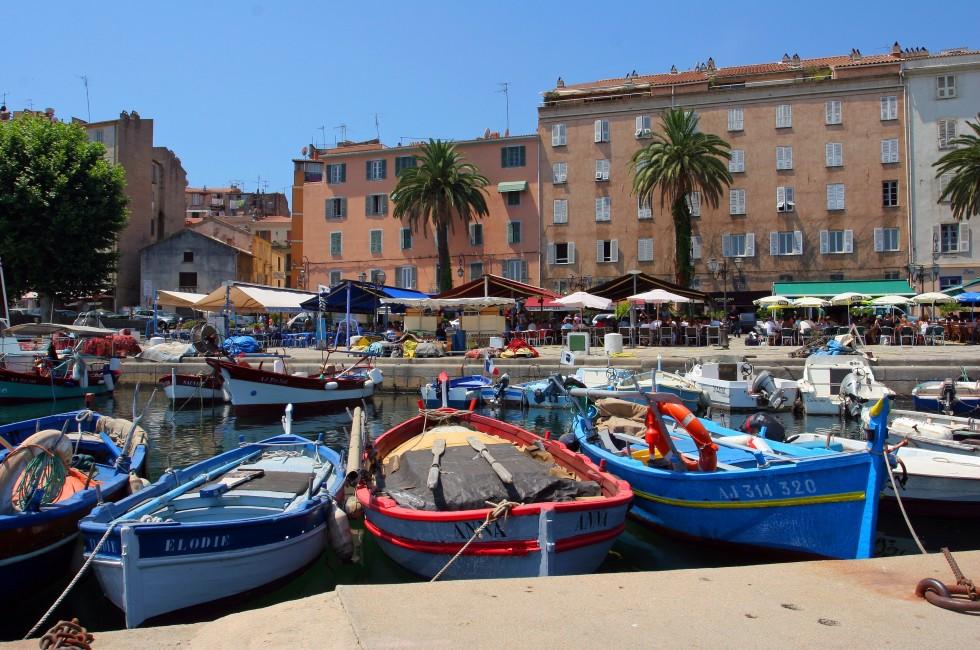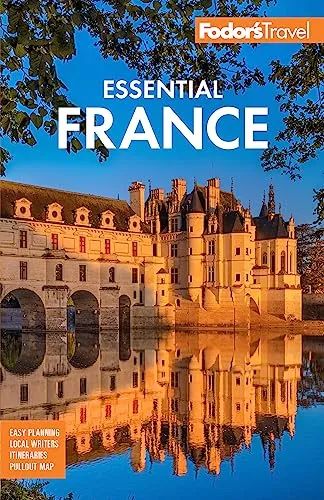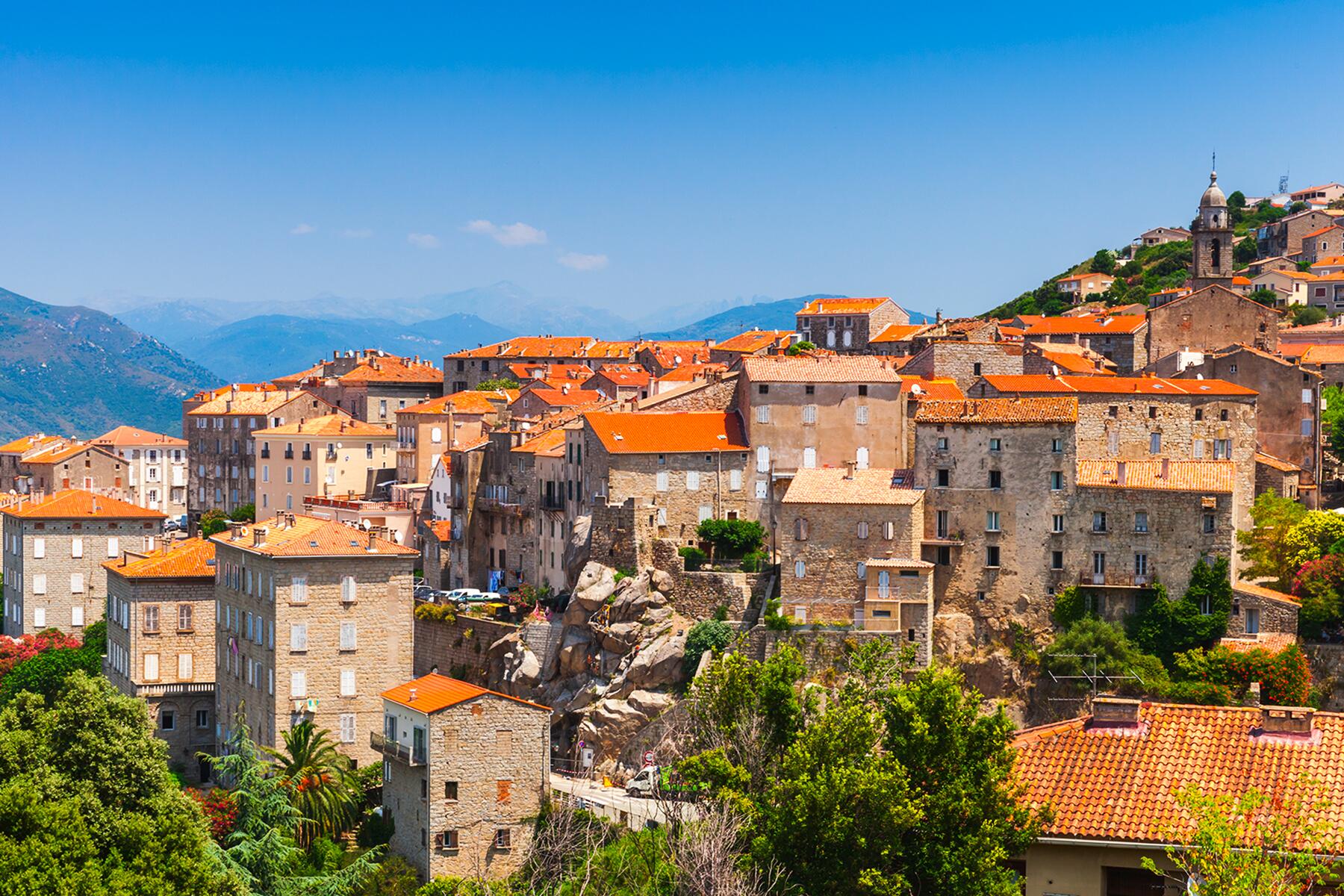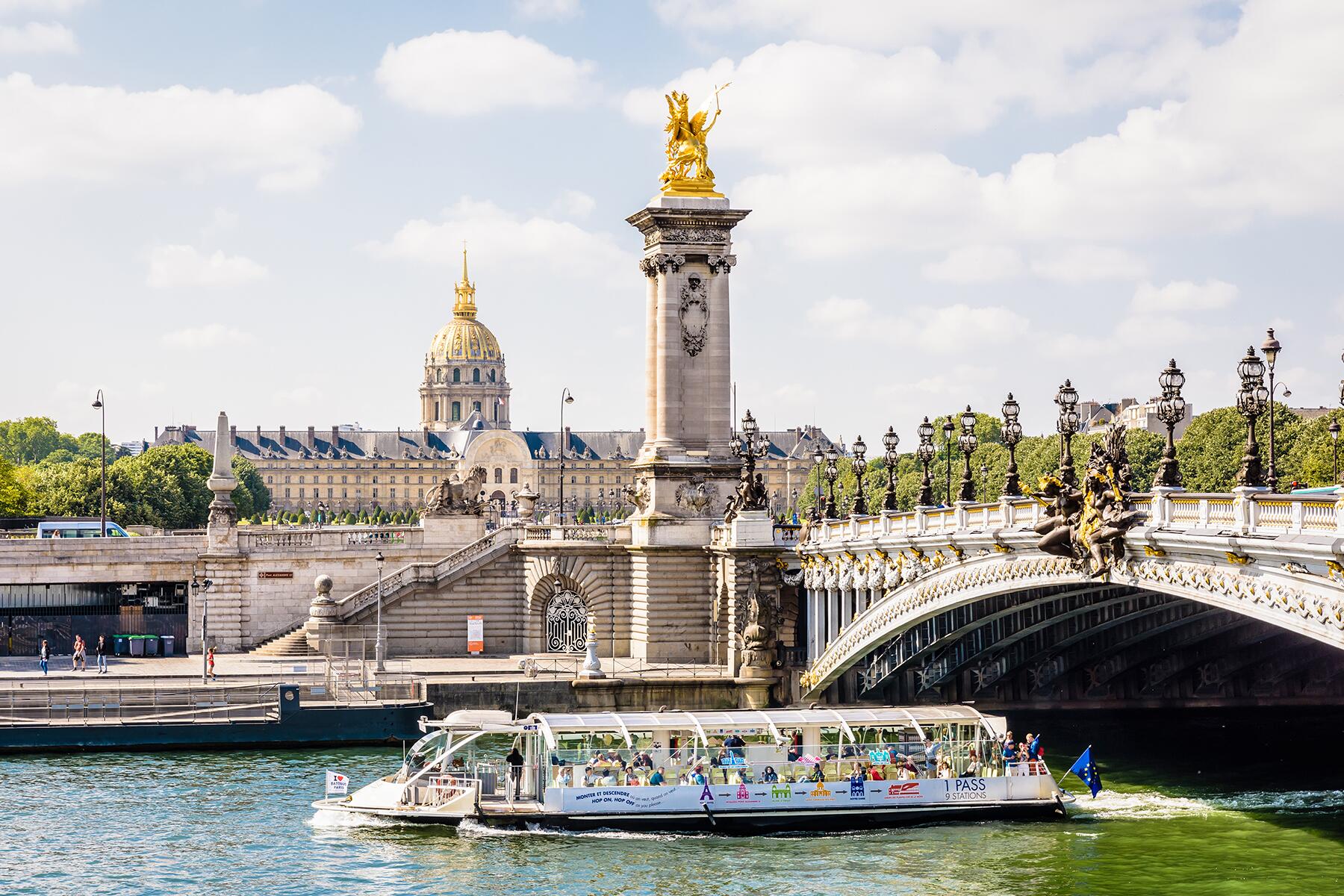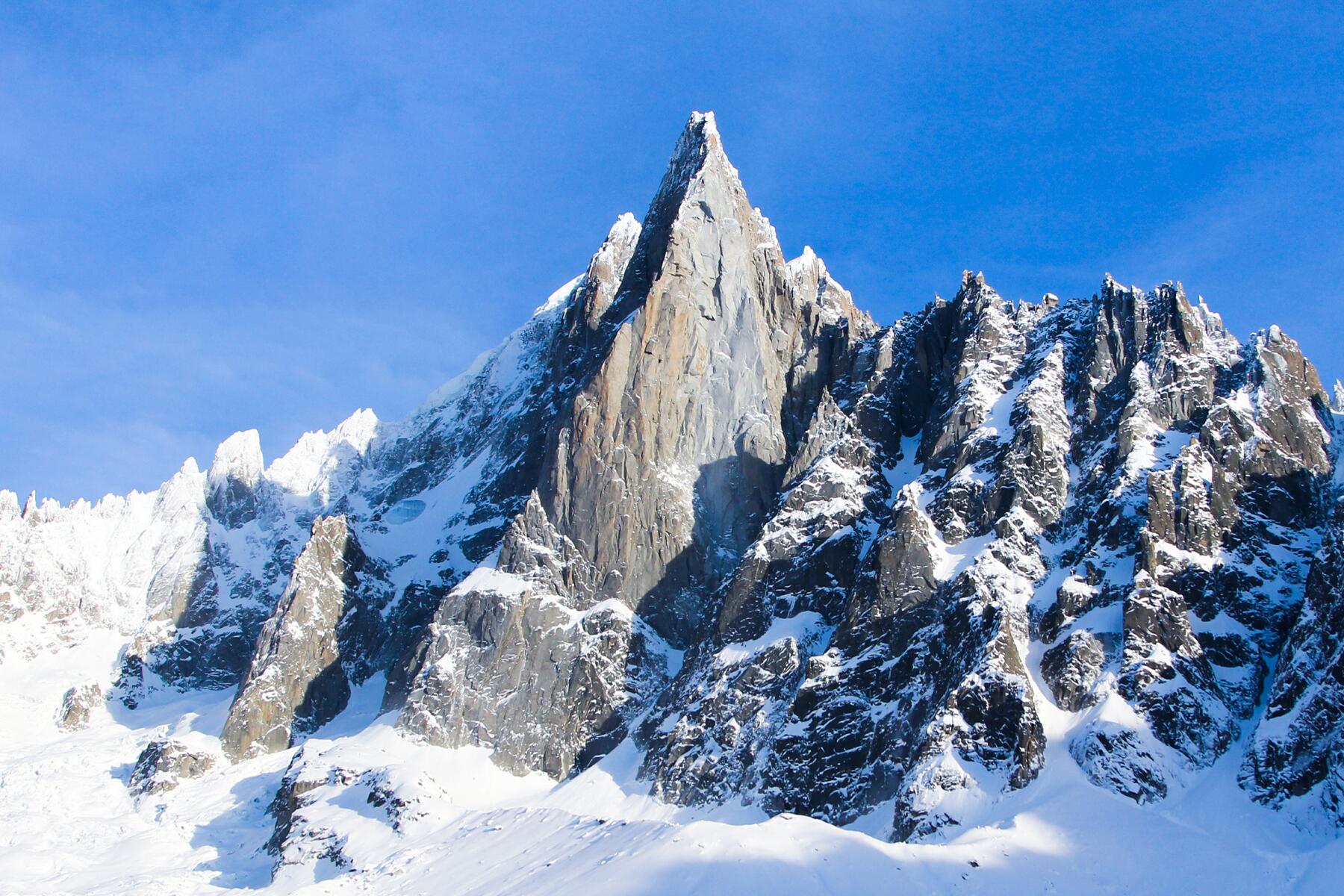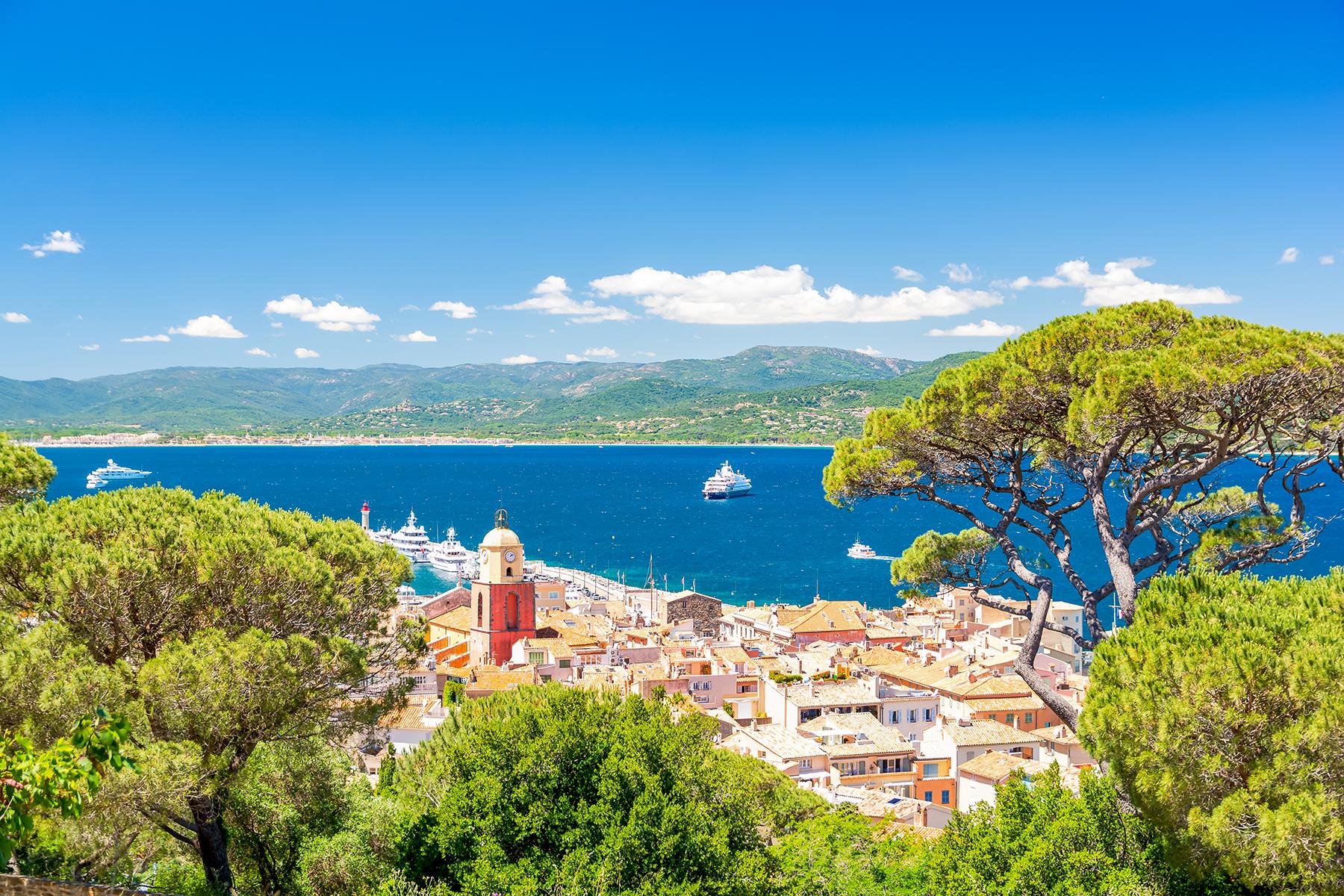Corsica
Corsica
"The best way to know Corsica," according to Napoléon, "is to be born there." Not everyone has had his luck, so chances are you'll be arriving on the overnight ferry from Marseille or flying in from Paris or Rome to discover "the Isle of Beauty." This vertical, chalky, granite world of its own, rising in the Mediterranean between Provence and Tuscany, remains France's very own Wild West: a powerful natural setting and, literally, a breath of fresh air.
Corsica's strategic location 168 km (105 miles) south of Monaco and 81 km (50 miles) west of Italy made it a prize hotly contested by a succession of Mediterranean powers, notably Genoa, Pisa, and France. Their vestiges remain: the city-state of Genoa ruled Corsica for more than 200 years, leaving impressive citadels, churches, brid...
Read More"The best way to know Corsica," according to Napoléon, "is to be born there." Not everyone has had his luck, so chances are you'll be arriving on the overnight ferry from Marseille or flying in from Paris or Rome to discover "the Isle of Beauty." This vertical, chalky, granite world of its own, rising in the Mediterranean between Provence and Tuscany, remains France's very own Wild West: a powerful natural setting and, literally, a breath of fresh air.
Corsica's strategic location 168 km (105 miles) south of Monaco and 81 km (50 miles) west of Italy made it a prize hotly contested by a succession of Mediterranean powers, notably Genoa, Pisa, and France. Their vestiges remain: the city-state of Genoa ruled Corsica for more than 200 years, leaving impressive citadels, churches, bridges, and nearly 100 medieval watchtowers around the island's coastline. The Italian influence is also apparent in village architecture and in the Corsican language: a combination of Italian, Tuscan dialect, and Latin.
Corsica gives an impression of immensity, seeming far larger than its 215-km (133-mile) length and 81-km (50-mile) width, partly because its rugged, mountainous terrain makes for very slow traveling and partly because the landscape and the culture vary greatly from one microregion to another. Much of the terrain of Corsica that is not wooded or cultivated is covered with a dense thicket of undergrowth, which, along with chestnut trees, makes up the maquis, a variety of wild and aromatic plants including lavender, myrtle, and heather, which gives Corsica one of its sobriquets: "the perfumed isle."
Recommended Fodor’s Video
Hotels
Things to Do
Things to Do
Explore Things to Do
Find the perfect tours and activities in Corsica.
Where to Eat
Where to Eat
Need to Know
Need to Know
Language
FrenchElectrical Outlets
220v/50 cycles; electrical plugs have two round prongsCurrency
EuroLanguage
FrenchElectrical Outlets
220v/50 cycles; electrical plugs have two round prongsCurrency
EuroWhen to Go
The best time to visit Corsica is fall or spring, when the weather is cool. Most Corsican culinary specialties are at their best between October...Read More
Neighborhood Guides
Discover the best neighborhoods in Corsica with curated recommendations from our editors.
essentials
resources
When to Go
The best time to visit Corsica is fall or spring, when the weather is cool. Most Corsican culinary specialties are at their best between October...Read More
Neighborhood Guides
Discover the best neighborhoods in Corsica with curated recommendations from our editors.
When to Go
The best time to visit Corsica is fall or spring, when the weather is cool. Most Corsican culinary specialties are at their best between October...Read More
Neighborhood Guides
Discover the best neighborhoods in Corsica with curated recommendations from our editors.
essentials
resources
Articles
Articles See All
Guidebooks
Guidebooks
Our worldwide travel correspondents bring you the best and most up-to-date coverage of over 7,500 global destinations.
Shop NowFodor's Essential France
For over 80 years, Fodor's Travel has been a trusted resource offering expert travel...
